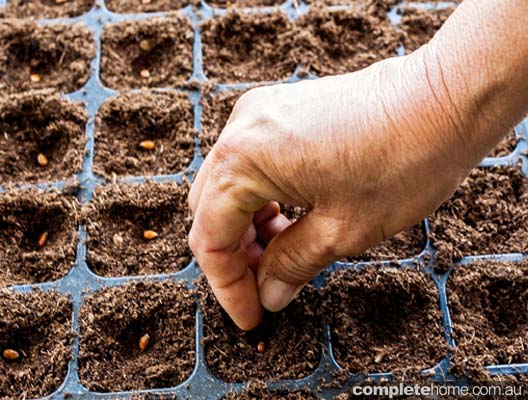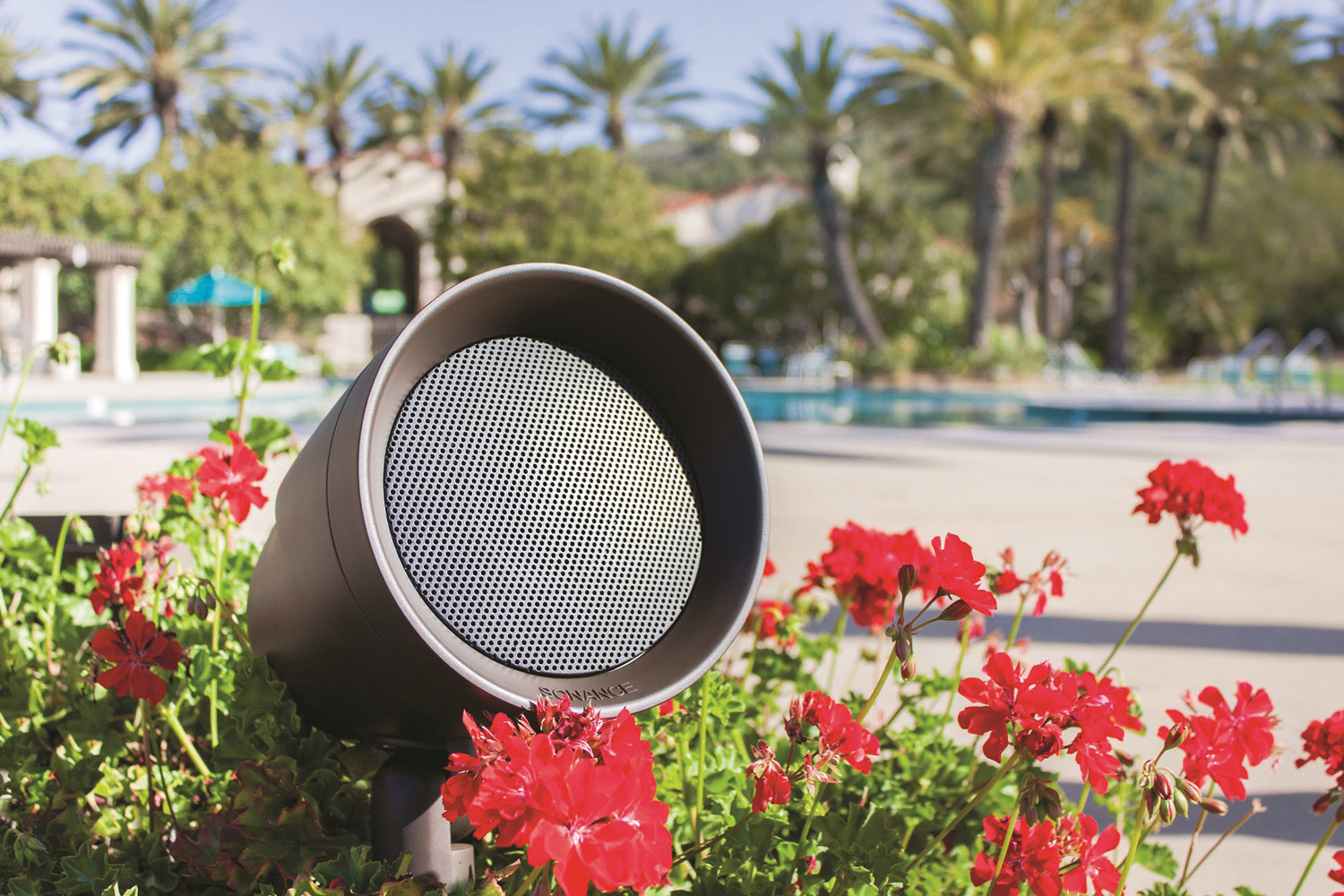Watermelon isn’t just easy to grow but also has a wide range of health benefits
When I was a kid we used to sit on the back steps on hot days and eat slices of cool, crisp watermelon as an antidote to the hot Queensland summer. We also used to have watermelon seed-spitting competitions.
Many of the watermelons for sale in the supermarket or greengrocer are now seedless, so if you want your kids to share your childhood watermelon experiences, you may have to grow your own seeded watermelons.
I always hoped my watermelon seeds would grow and produce watermelons but, of course, mid-summer is far too late to be planting watermelon seeds as these plants need time and lots of room to grow and flower and for the fruit to ripen.
The ideal time to plant watermelons is in spring. Seeds can be sown where they are to grow, or raised in punnets or small pots to be planted out as the weather warms. In the hot tropics, watermelons can be grown throughout the year.
Although watermelons are subtropical in origin (they came into cultivation originally in Africa) they can be grown anywhere with a long hot summer.
Watermelons need around 90–100 days from planting to harvest. If the weather turns cold early or there’s a lack of warm sunshine, the crop may not reach maturity, but you’ll still have the fun of watching the vine sprawl across the garden.
Health benefits
Watermelons are not really grown at home for reasons of nutrition. Indeed, watermelons are almost entirely water and sugar. We tend to grow them because kids enjoy eating them, they are impressive plants and there are so many intriguing varieties that you just don’t find in the shops.
But there are some benefits to eating homegrown organic watermelons. They actually do contain some vitamins (A and C) and the red colouration of the fruit also indicates they are a source of lycopene, an antioxidant also found in good quantities in red tomatoes.
Varieties
Ordinary watermelons have large, oval, striped green fruit but there are many other varieties, some of them very old, which are worth growing. One of the most beautiful is a variety called ‘Moon and Stars’, which is an heirloom watermelon dating back to 1926. It has a dark-green skin splashed with yellow moon and star-shaped splodges. Inside, the flesh is pink with brown seeds. The leaves are also variegated.
As well as red or pink-fleshed watermelons, there are also varieties with yellow, orange or white flesh. If the season isn’t long or summers are not hot in your neck of the woods, look for small-fruited watermelons, which are quicker to ripen.
How to grow
Watermelons are part of the large cucurbit family of vegetables that also includes other summer growers such as pumpkins, cucumbers and squash. Like these plants, they have small flowers that are either male or female. Both are needed to produce a crop, but it’s the female flowers that produce the fruit. The watermelon has few pests or diseases.
The seeds can be planted where they are to grow. Before sowing the seed, dig in compost, fertiliser or well-rotted manure as these vines need to bulk up on lots of nutrients. In areas with lots of summer rain or poorly drained soil, sow watermelons in a mound to improve the drainage.
Although the vine needs lots of room to spread out (at least 2–3m is ideal), it can be grown in raised vegetable gardens and allowed to spread over the sides.
Harvest and storage
Harvest watermelons when they are large, heavy and sound “drummy” when tapped. A mature watermelon can weigh between 9kg and more than 20kg. The stem where the fruit joins the vine may begin to whither as another indication of ripeness. Undamaged melons can be stored in a cool place for several weeks or kept in the fridge.
The fruit is eaten fresh or can be added to a fruit salad or a salsa. Or it can be juiced. The rind, which is normally discarded to the compost heap, can be pickled. The seeds are also eaten in some countries as a snack.
Originally in Good Organic Gardening, Volume 5, No. 3







